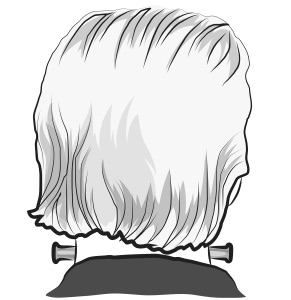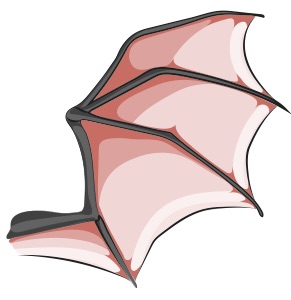
It's still alive
In the two hundred years since Mary Shelley brought it to life, the name Frankenstein has become synonymous with ethically questionable creations, scientific hubris, and the mother (or perhaps father) of all transgressions: messing with human life. It’s part of our mythology, the story we call up when the boundaries between human and nonhuman come into question. As we watch the natural blur into the unnatural through scientific progress, as we are forced again and again to reexamine our own beliefs, cyborgs and robots and artificial intelligence and cloning all resonate when considering the legacy of Shelley’s proposition that we need to think before we act, that science has an ineluctable relationship to ethics.
But Frankenstein isn’t just a cautionary tale about the dangers of invention. It’s also a story about bad parenting and what goes wrong when you don’t offer love and a proper education to your offspring. In 2018, the story is more relevant than ever: a guy with an unchecked ego goes a little too far, ignores the consequences of his actions, refuses to accept responsibility for what he’s created, then makes disastrous decisions that destroy everything around him. Shelley understood one of the great ironies of our time: that we make our own monsters, and that we usually have only ourselves—and maybe reality TV these days—to blame for the mess.
Many iterations have appeared over the years: The Frankenstein Film Sourcebook claims there have been upward of two hundred films based on the unscrupulous scientist Victor Frankenstein and his mangled scientific experiment; indeed, re-creating life and reanimating the dead constitute one of three core narratives in the horror genre (vampires and zombie invasion holding the other two spots). The visual imagination of German expressionist filmmaking and early horror films such as Metropolis, Nosferatu, and The Cabinet of Dr. Caligari are all progenies of the Frankenfilm genre, whose dramatic lighting, looming shadows, and frightening world-building gave later directors like Hitchcock and Orson Welles an ominous palette with which to create.
This year Penguin Classics is celebrating the bicentennial of Frankenstein by releasing it in its original 1818 text, along with an introduction to the 1831 version in which Shelley addresses how such a young girl—she was nineteen at the time—came upon “so very hideous an idea.” The child of radical nineteenth-century thinkers Mary Wollstonecraft and William Godwin,...
You have reached your article limit
Sign up for a digital subscription and continue reading all new issues, plus our entire archives, for just $1.50/month.
Already a subscriber? Sign in





